Nineteen architectural firms rejected Norma Sklarek in her initial job searches. She faced steep discrimination, but in 1950 it was unclear whether it was because of her gender or her race. She accepted an entry-level position to get her career started but she proved that she was capable of much more.
Early Years
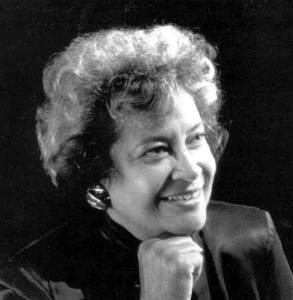
Norma Sklarek was the only child of Walter and Amy Merrick. She was born in Harlem on April 15, 1926. Her talents in math and fine arts, along with the time she had spent doing carpentry with her father inspired him to suggest architecture as a career. She attended Barnard College for a year and Columbia University from 1945 to 1950.
After that, Sklarek took a civil service job as a junior draftsperson but she was unsatisfied. Craving challenges and more responsibility, she went on to pass the architecture licensing exam in 1954. Norma Sklarek had become the first licensed African-American female architect in New York.
Norma Sklarek’s Career Climb
Sklarek’s technical skills and excellent work ethic earned her promotions at every firm. She built an impressive resume while still finding time to teach architecture courses in the evenings and raise her children.
She was given bigger budgets and more responsibility at Skidmore, Owings & Merrill. In her time at Gruen Associates in Los Angeles, she also became the first African-American female architect to be licensed in California. As vice president at Welton Becket Associates, she worked on Terminal One at Los Angeles International Airport.
In 1980, she became the first Black woman to be recognized as an AIA Fellow for her work and contributions to architecture and society. Norma Sklarek then co-founded a woman-owned firm with Margo Siegel and Katherine Diamond in 1985. As a principal of project management at the Jerde Partnership later in her career, she worked on the Mall of America in Minneapolis. After that, she retired from practice in 1992.
Embassy of the United States in Tokyo
The Embassy of the United States in Tokyo sits on a piece of land leased from the Japanese government since 1896. This version replaced the Embassy built in 1931 in the same location. The project credits Cesar Pelli and Norma Sklarek as the design architects, but Sklarek served as more of a project manager rather than a design architect.
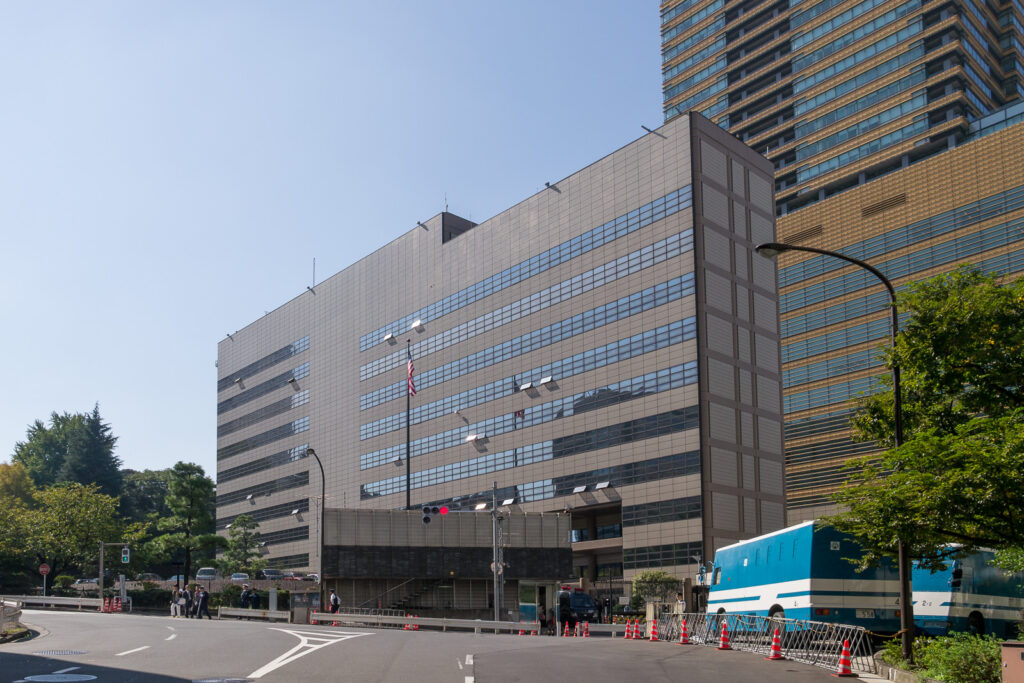
Mall of America
Norma Sklarek had a hand in the creation of the Mall of America while working at the Jerde Partnership. The mall originally had four zones with unique styles, but renovations in 2010-2015 unified them. The heat in the mall comes from lighting fixtures, electric devices and people. In addition, skylights let heat into the mall above the central amusement park area.

Later Years
After retiring from her practice in 1992, Sklarek lectured at universities while mentoring young minorities and architects. She also served on the architecture faculties of those universities. In 2008 she received the Whitney M. Young Jr. Award for social action.
Sklarek was also happy to be a role model. For instance, she coached architects for the state licensing exam from her own experience. She remained involved with many professional boards and committees up until her death in 2012.
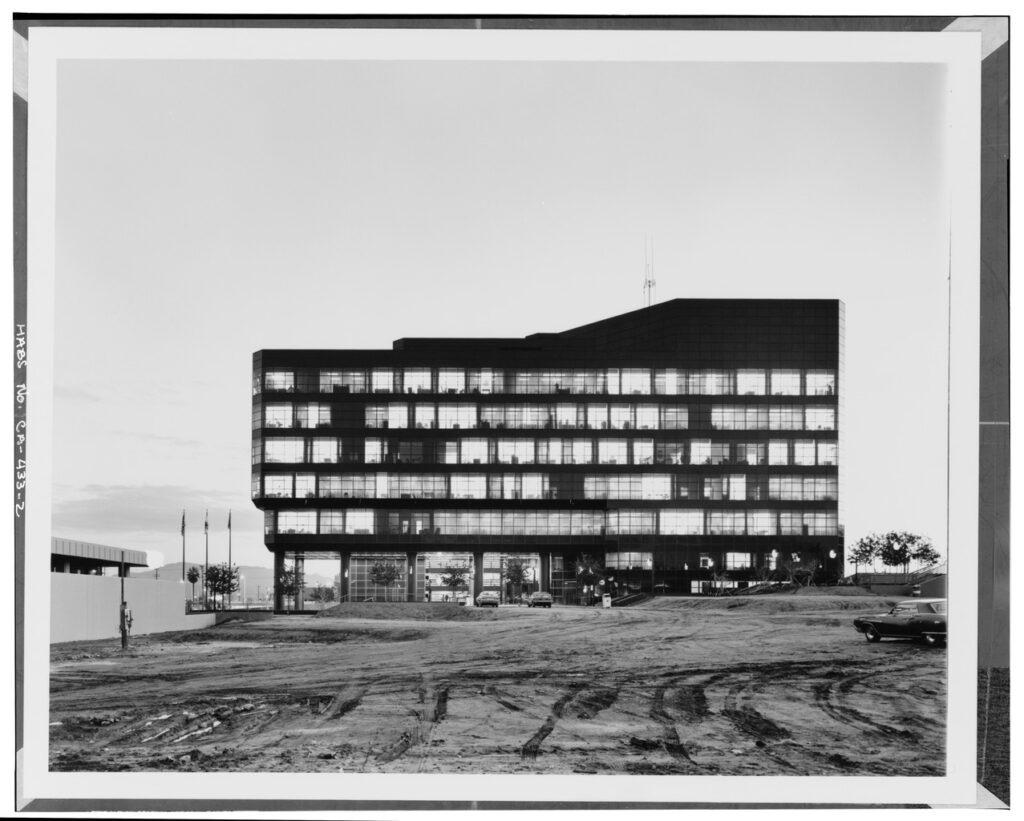
More of Norma Sklarek’s projects
Terminal One at LAX
Fox Plaza in San Francisco, California
California Mart in Los Angeles, California
San Bernardino City Hall in San Bernardino, California
Pacific Design Center in Los Angeles, California
Santa Monica Place in Santa Monica, California
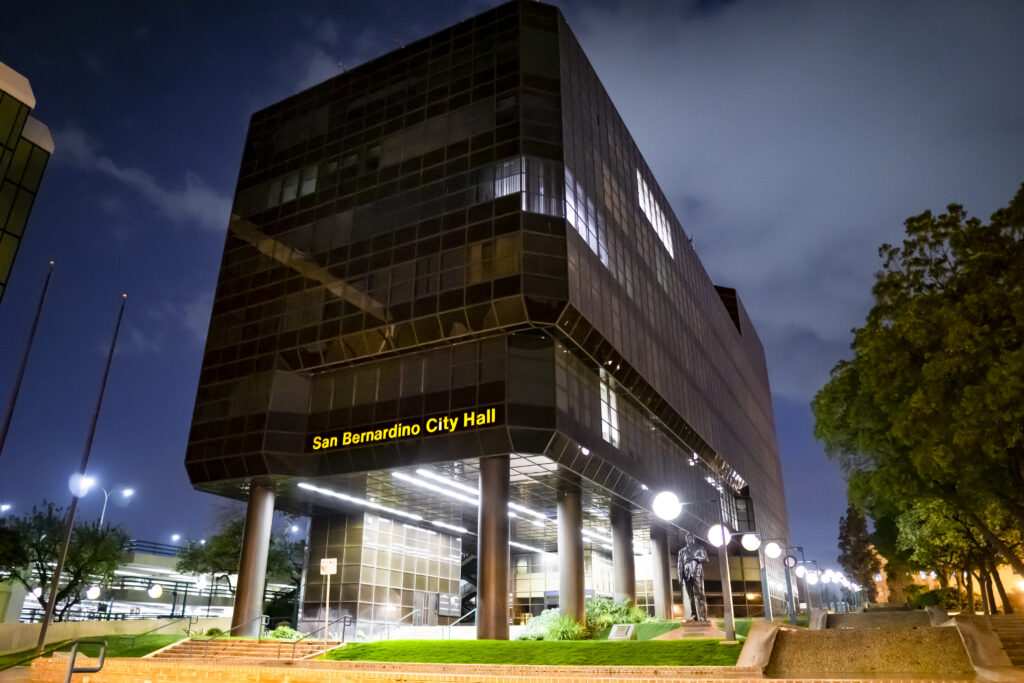
Interested in reading about other inspiring Black women like Norma Sklarek? Check out Georgia Louise Harris Brown or Beverly Loraine Greene.
And of course, don’t forget to follow us on Instagram, Facebook and Pinterest for more Mid Century Modern inspiration!

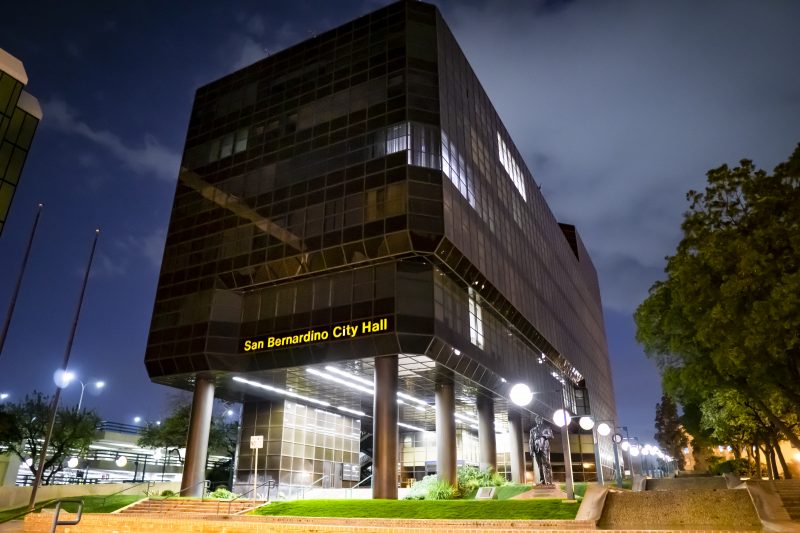











1 comment